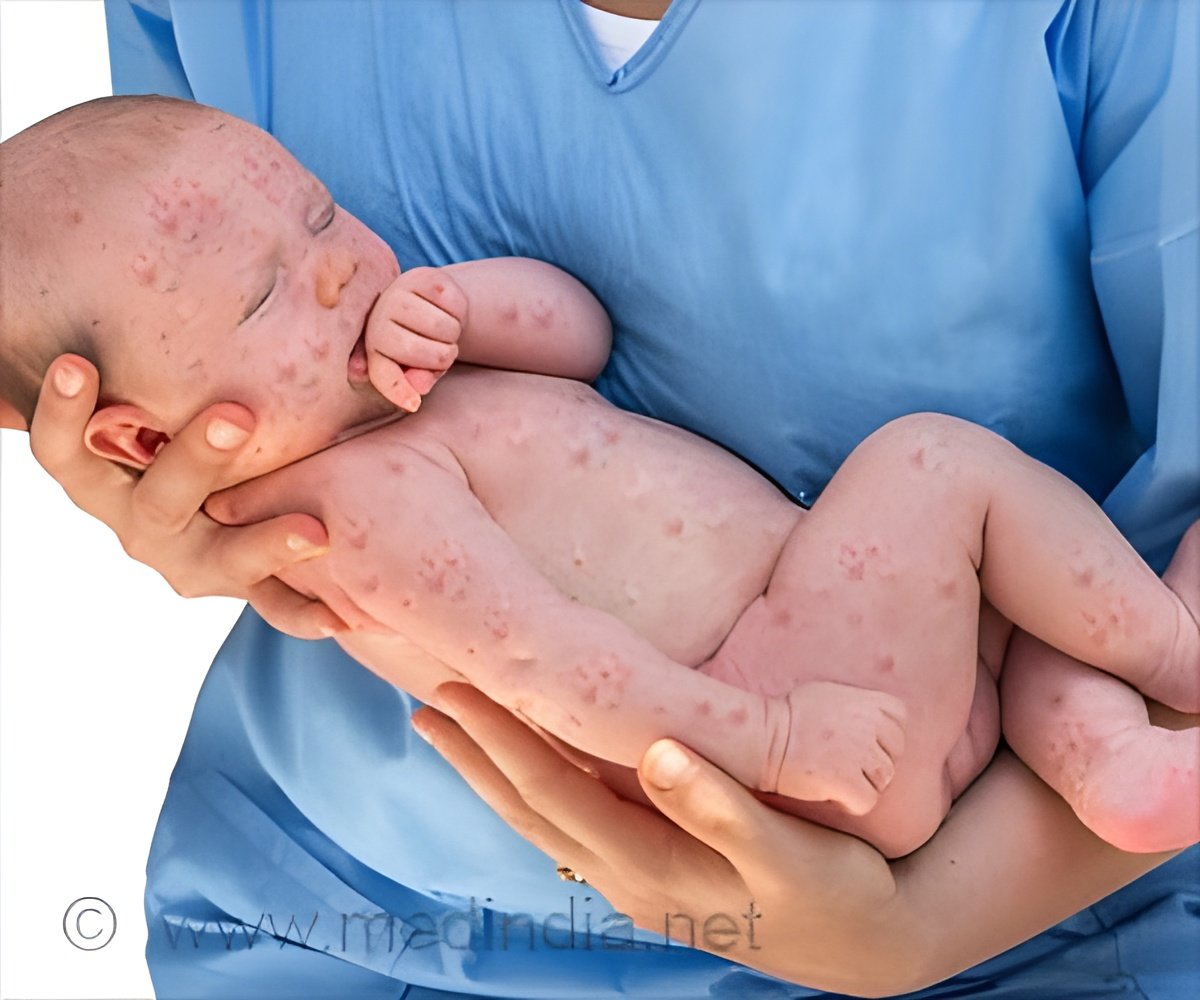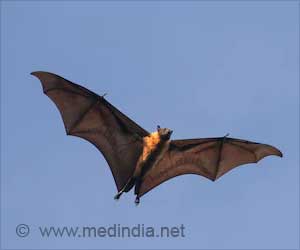In West African nation of Niger, a strong and consistent annual pattern of measles outbreaks was associated with rainfall and temperature, say researchers.

‘In Niger, a strong and consistent annual pattern of measles outbreaks was associated with rainfall and temperature.’





The researchers analyzed weekly reported measles cases at the district level in Niger from 1995 to 2004, as well as weekly cumulative rainfall and average temperature data from the National Oceanic and Atmospheric Administration. Next, they used wavelet analysis, a mathematical tool for uncovering temporal patterns hidden in large amounts of data, and regression, a statistical tool, to investigate the associations between the measles cases and the environmental data. Their findings will appear on July 26) in the Journal of the Royal Society Interface. Specifically, they found that the rainy season was associated with a lower risk of measles case reporting, whereas measles cases were higher during the dry season.
"The timing of the beginning of the measles season is consistent with a phase of annual agricultural labor migrations, when people move from rural areas to urban areas," said Blake. "Vaccination strategies that target migrating populations at this point in the season could be very powerful to break the annual pattern of outbreaks."
The researchers also observed a second weaker and more inconsistent pattern of outbreaks occurring every 2-3 years.
"This second outbreak pattern tells us that other mechanisms are at play," said Nita Bharti, assistant professor of biology. "So even if we could vaccinate everybody before the annual agricultural migration event, there would still be measles cases that are related to other factors."
Advertisement
"Niger and Northern Nigeria share languages, culture and economic activities, and as a result, there is a lot of human movement across the border," he said. "But they do not have synchronous measles vaccination efforts, which likely permits the reintroduction of the virus on both sides."
Advertisement
"Human health and the environment are often stitched together with human behavior," said Bharti. "Understanding the nature of those relationships in sub-Saharan Africa will provide valuable insights on how to tailor interventions in this setting."
Source-Eurekalert











